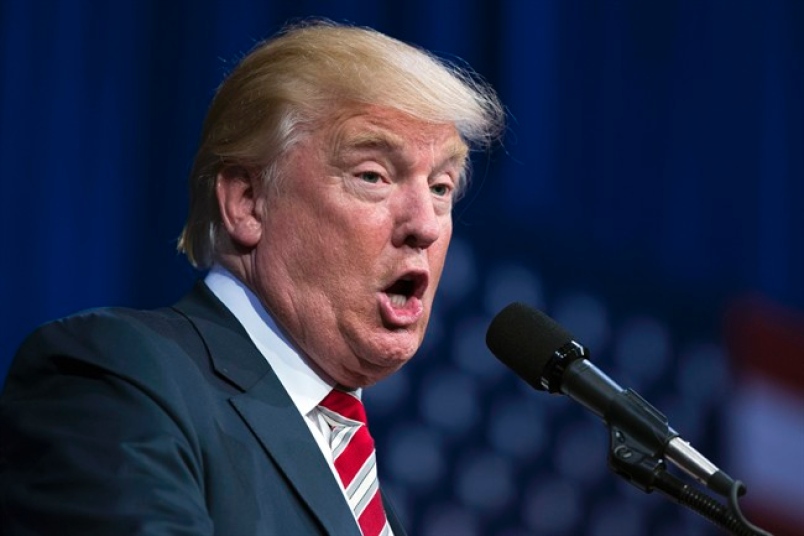-
Tips for becoming a good boxer - November 6, 2020
-
7 expert tips for making your hens night a memorable one - November 6, 2020
-
5 reasons to host your Christmas party on a cruise boat - November 6, 2020
-
What to do when you’re charged with a crime - November 6, 2020
-
Should you get one or multiple dogs? Here’s all you need to know - November 3, 2020
-
A Guide: How to Build Your Very Own Magic Mirror - February 14, 2019
-
Our Top Inspirational Baseball Stars - November 24, 2018
-
Five Tech Tools That Will Help You Turn Your Blog into a Business - November 24, 2018
-
How to Indulge on Vacation without Expanding Your Waist - November 9, 2018
-
5 Strategies for Businesses to Appeal to Today’s Increasingly Mobile-Crazed Customers - November 9, 2018
Clinton health plan would add coverage for 9 million
Trump’s approach to repeal the ACA would also increase average premiums for individuals who procure health plans on their own, and increase the federal deficit due to loss in savings from the ACA’s Medicare reforms, says a study from The Commonwealth Fund conducted jointly with RAND Health. If fully implemented, Trump’s plan would decrease the number of Americans now with insurance by between 15.6 million and 25 million primarily because of block grants to states for Medicaid and CHIP.
Advertisement
A new report from Rand Corp., funded by the non-partisan Commonwealth Fund, seeks to put some numbers on the impact of each candidates’ proposals on health insurance coverage and on the federal deficit.
About 15.6 million people would lose coverage even if Trump only succeeds in repealing the ACA and implementing a tax deduction for people who purchase health insurance, according to the analysis. The Trump campaign disputed those findings.
At the same time, Trump’s proposal would increase out-of-pocket costs for customers on the individual insurance market from anywhere between $300 to $2,500 above the current average of $3,200. A new study ran the numbers under the proposals of both US presidential candidates.
“President Trump will work with Congress to create a patient-centered health care system that promotes choice, quality and affordability that will result in more people having the health care they deserve”, the campaign said in a statement.
The Republican nominee’s proposed tax credits would largely benefit higher-income people, the study also found. Providing a tax deduction and allowing the sales of insurance across state lines would increase the deficit, but the jump is offset by turning Medicaid into a fixed grant to states, which would save the federal government $33 billion. Taken together, Clinton’s proposals would drive up the deficit by $104.6 billion, according to the report. The Affordable Care Act, known as Obamacare, remains a flash point six years after its passage, with Democrats determined to protect it and Republicans vowing to repeal it. Indeed, as the subsidized health insurance program prepares for its fourth season, reports that United HealthCare, Aetna and other major insurers are planning to pull out of the program while a majority of the 24 Obamacare insurance co-ops have gone out of business are raising serious questions about Obamacare’s future. Maintaining the ACA would result in 251.6 million people insured, a difference of close to 20 million.
The study, coming days before the first Clinton-Trump debate on Monday night at Hofstra University in NY, puts some numbers behind the heated political debate.
Clinton is certain to continue to make the same case she made during her Democratic primary battle with Sen. It criticized Rand and Commonwealth for not speaking to Trump staffers.
It shows that Trump’s plan, which calls for repealing ObamaCare, would have a dramatic effect on both the number of people with coverage and the federal deficit. You have now viewed your allowance of free articles.
Clinton’s most expensive policy, providing new subsidies for people that could cover their out-of-pocket costs, would total $110 billion per year, but would save $25 million in Medicaid costs.
The study found that the number of uninsured people in fair or poor health could triple under Trump’s approach, from an estimated 2.1 million under current law to between 5.7 million and 7.1 million under Trump’s approach.
Republican candidate Trump would repeal “Obamacare” and replace it with a new tax deduction, insurance market changes, and a Medicaid overhaul.
Advertisement
“On the other hand, Donald Trump’s proposals would strip coverage away from many more people, including low-income families and those who are already struggling with health problems”, Leibenluft said. Under Clinton, 9.6 million more people could gain access to healthcare.





























